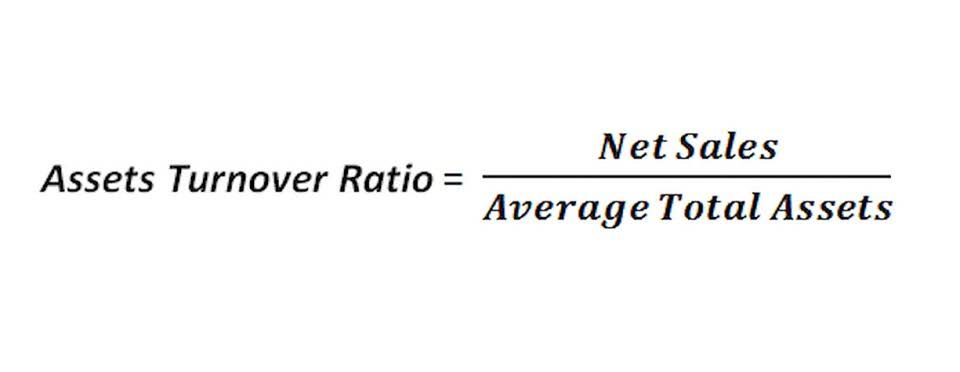
Our team of reviewers are established professionals with years of experience in areas of personal finance and climate. Carbon Collective partners with financial and climate experts to ensure the accuracy of our content. When calculating the three-year average, receipts for all related companies under common control must be combined. Auditors may look for this kind of information when reviewing eligibility for the CCM.

ASC 606 and Point-in-Time Transfer

Construction in Process and Progress Billings will continue to accrue until the project wraps up. Once Build-It Bookkeeping for Veterinarians Construction completes the contract, they may finally move these onto the income statement. To clear the full contract amount from Progress Billings, they’ll perform a debit, then credit revenue. To recognize the costs of the contract, they’ll credit Construction in Progress and debit their expenses. We don’t do the completed contract method or the percentage of completion method (my preference) to appease the accounting gods (unless you are required to get an audit by your bank or insurance carrier).
The Financial Modeling Certification
- The difference is that, until the contract is complete, they’ll keep those amounts on their balance sheet rather than on their income statement.
- The project is expected to take three years to complete and cost the company $1 million.
- For these companies, any IRS-approved method can be used to account for the construction activity, but CCM is often the best choice as it defers revenue until the contract is complete.
- Companies that meet the small contractor exception are exempt from recognizing revenue through PCM.
- Tax liabilities alongside long-term business goals must be part of your considerations when choosing a revenue recognition method.
With the CCM, revenue and expenses are not put on an income statement until the contract is complete. In the meantime, that activity would be reported on the balance sheet, and changes to your balance sheet are made through adjustments to your balance sheet accounts. These adjustments are done by making journal entries to those accounts. The completed contract method (CCM) is a way to recognize income and expenses for construction contracts. With this method, no income or deductions are recognized until the contract is complete. When you “recognize” income, you are recording it for tax or other reporting completed contract method example purposes.
CCM in Summary: How RightRev Supports All Reporting Methods
- Performance obligations are looked at by ASC 606 as opposed to contracts under completed contract accounting.
- However, expense recognition, which can reduce taxes, is likewise delayed.
- In 2025, the balance sheet activity for both years is moved to the income statement.
- Under the completed contract method, you would only recognize $2,500 of revenue since you have only completed 50% of the project.
- It is simple to use, as it is easy to determine when a contract is complete.
Those will be reversed out of revenue and COGs as of October 31st. Your company may be running a contract with more than one performance obligation, and revenue is recognized when the transfer of control happens. Your yearly income statement will not factor in your business’s investment in that project.
How To Account for the Completed Contract Method?
- However, this also means postponing expense recognition, potentially affecting future tax liabilities should the tax laws change.
- The articles and research support materials available on this site are educational and are not intended to be investment or tax advice.
- The CCM is an approved method for small contractors, but the business could still choose to use the PCM method if it best serves the organization’s long-term strategy.
- As such, it is considered that both the buyer and the seller have enforceable rights.
Every business is required to choose an accounting method to report income and expenses. Two options that cater to businesses working on long-term projects, such as construction and engineering firms, are the percentage of completion method and the completed contract method. By deferring the recognition of revenue and expenses contribution margin until the end of the project, the company might put itself at risk of higher tax liabilities. For example, let’s say a project is estimated to take three years to complete and tax laws change, leading to an increase in the business tax rate. The tax liability would be higher under the completed contract method versus using the percentage of completion approach since some of the revenue would have already been recognized. Under the completed contract method, BuildPro recognizes the revenues, expenses, and profits related to the construction project only upon its completion.

Let’s assume Bob the Builder enters a $500,000 contract in 2024 to build a residential house. Mark is one of the pioneers in the CFO and Controllership professional services industry having launched his practice in 2001. Today, he teaches CEOs and CFOs critical financial leadership and management concepts so that they can continue to grow and prosper in times of adversity, transition, and renewal. You did not ask this question, but I suggest having the people behind the UDA construction system give you a demo.